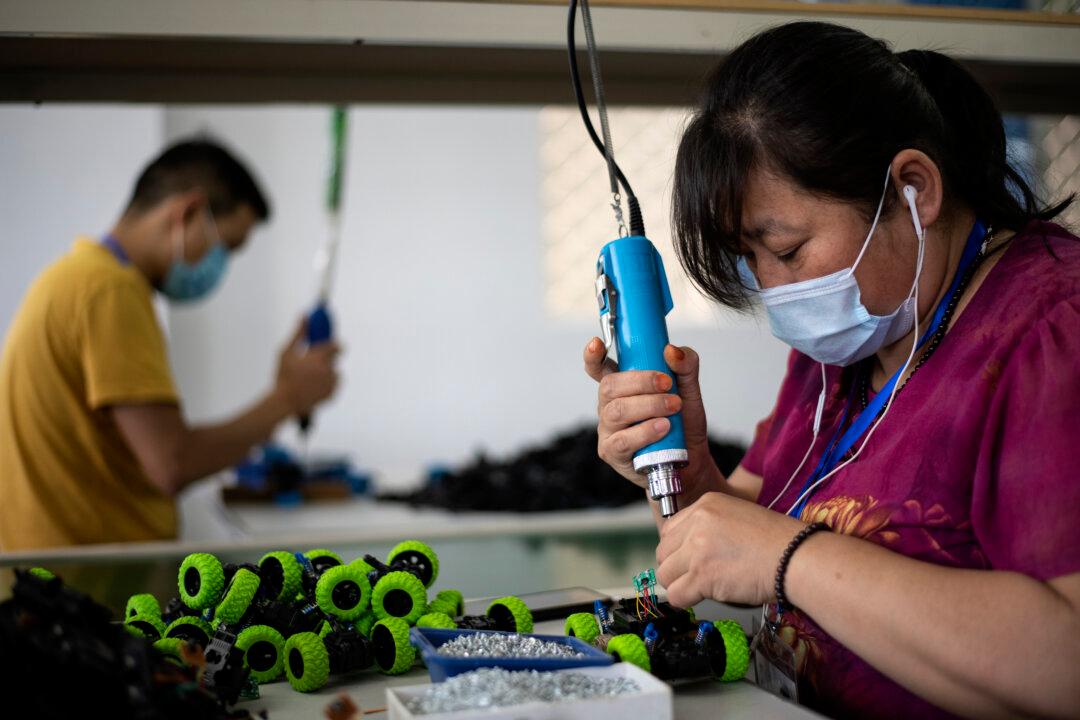After a 6.8 percent year-over-year drop in the first quarter of 2020—the first decline in the Chinese economy since Beijing began quarterly reporting in 1992—a slow recovery is starting to take shape in the second quarter. But the positives are fleeting and “does not mean a return to anything approaching the old levels of growth,” said the China Beige Book (CBB) research service in its June 22 “early look” report on the Chinese economy in Q2.
The fledgling recovery is built on growing domestic Chinese demand, while the critical export sector is the biggest laggard due to weak foreign demand stemming from the COVID-19 lockdowns.
While China is sometimes thought to be an early indicator of how the recovery might go in the rest of the world, Shehzad Qazi, CBB International’s managing director, told The Epoch Times that “there are serious limitations to viewing China as a bellwether of global recovery.”
The reason is the Chinese economy is still heavily reliant on exports, whereas the United States recovery, for example, will hinge mainly on how consumer spending rebounds, he says.
Chinese regions that are more reliant on international demand, such as coastal areas like export-sensitive Guangdong, fared worse in Q2, while the interior—the western and southwest regions—led the recovery. For China to experience robust growth, its coastal areas need to start contributing.
Chinese Consumption
CBB poses the question: “Are we about to see a return to the old Beijing playbook of heavy infrastructure stimulus as the solution to flagging growth? Policy statements are unclear but our credit data suggest yes.”
The Chinese authorities have been trying to pivot its economy from one driven by capital investment to one primarily driven by consumption, which encompasses both the retail and services sectors. But that objective has taken a hit due to the pandemic.
Chinese consumer spending has not returned to anywhere close to pre-pandemic levels, and retail was the worst-performing sector. The CBB report also notes that low interest rates did not encourage struggling retailers to borrow.
“China has always been better at stimulating production than consumption, as our retail results continue to affirm,” the report stated.
The services sector, however, was the best-performing one. It saw some improvements in business-to-business industries and hospitality. Since China is a net importer of services, weak global demand is not holding that sector back.
However, “overall, the so-called consumption economy, rather than boosting growth, remains a drag on it,” Qazi said.
Retailing has now been contracting for six months, he added, noting that the Q2 improvement was almost totally driven by infrastructure development and manufacturing.





